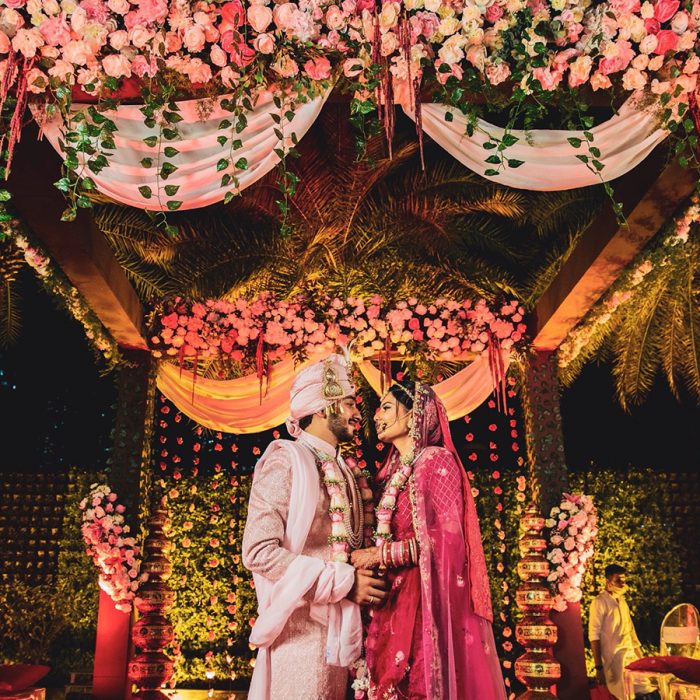
Indian Wedding
A Tapestry of Traditions
India’s cultural diversity means wedding customs vary widely across regions, religions, and communities. A Hindu wedding in Rajasthan differs vastly from a Christian ceremony in Kerala or a Sikh Anand Karaj in Punjab. Yet, all Indian weddings share common threads—rituals that honor family, spirituality, and commitment.
Most weddings span several days, with key events like:
-
Roka / Engagement: A formal introduction of families and a blessing of the union.
-
Haldi: A ritual where turmeric paste is applied to the bride and groom to purify and bless them.
-
Mehendi: Intricate henna designs adorn the bride’s hands and feet, symbolizing love and beauty.
-
Sangeet: A night of music and dance, where both families come together to celebrate.
-
Wedding Ceremony: The main event, often performed with sacred fire, mantras, or blessings depending on the faith.
-
Reception: A post-wedding celebration with lavish food, speeches, and dancing.
Fashion and Finery
An Indian wedding is synonymous with dazzling attire. Brides often wear ornate lehengas or sarees, while grooms don sherwanis, turbans, or dhotis. Jewelry, embroidery, and bright colors—especially red, gold, and maroon—are integral to bridal fashion. Each outfit is not just a style statement but a cultural symbol.
Food, Music, and Dance
Culinary spreads at Indian weddings are legendary. From spicy chaats and rich curries to sweets like gulab jamun and rasgulla, the food reflects regional flavors and festive abundance. Live bands, DJs, and traditional instruments set the tone for days filled with dance—be it Bollywood hits or folk tunes like Garba and Bhangra.
More Than a Wedding
In Indian culture, marriage is more than a bond between two people—it's the merging of two families. Every ritual, every gesture, is rooted in meaning and designed to foster love, respect, and unity.
Modern Touches
While traditions hold strong, modern Indian weddings are evolving. Destination weddings, eco-friendly decor, fusion cuisines, and customized vows are becoming increasingly popular. Technology plays a role too, with wedding websites, virtual ceremonies, and social media hashtags creating a bridge between the old and new.
Conclusion
An Indian wedding is not merely an event—it’s an experience. It’s about celebrating love with grandeur, honoring ancestry with rituals, and creating memories that last a lifetime. Whether you're a guest or a part of the wedding party, it’s a journey of joy, color, and connection.

